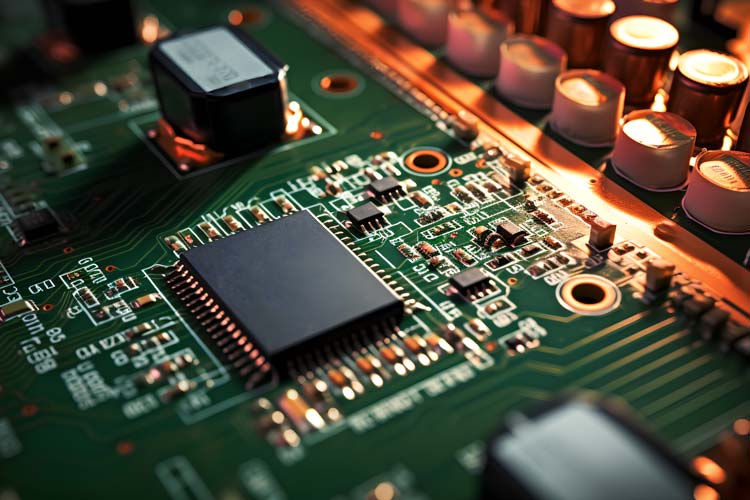With the rapid advancement of 5G technology, the demand for high-speed and high-frequency circuit board is increasing. High-Density Interconnect (HDI) technology has emerged as a crucial solution for optimizing signal integrity in 5G communication equipment. This article explores the application of HDI technology in 5G communication equipment and its impact on signal integrity.
5G communication technology has brought significant improvements in data transmission speed, capacity, and latency compared to previous generations. However, the high-frequency signals used in 5G communication pose challenges in maintaining signal integrity. Signal integrity refers to the ability of a signal to maintain its original shape and amplitude during transmission. HDI technology has become a key solution for addressing these challenges and optimizing signal integrity in 5G communication equipment.

HDI Technology
HDI technology involves the use of microvias, blind vias, and buried vias to create a high-density interconnect structure on a printed circuit board (PCB). This technology allows for a more compact and efficient design, reducing signal path lengths and minimizing signal losses. HDI technology also enables the use of thinner dielectric layers, which further improves signal integrity.
Signal Integrity Challenges in 5G Communication Equipment
Signal Loss: High-frequency signals experience greater losses due to skin effect and dielectric losses. HDI technology helps reduce signal losses by minimizing signal path lengths and using low-loss dielectric materials.
Signal Delay: Signal delay is a critical factor in 5G communication, as it affects the overall system performance. HDI technology reduces signal delay by shortening signal paths and using high-speed dielectric materials.
Crosstalk: Crosstalk occurs when signals from adjacent traces interfere with each other, leading to signal degradation. HDI technology mitigates crosstalk by using advanced via structures and proper routing techniques.
Impedance Matching: Impedance mismatch between components and traces can cause reflections and signal degradation. HDI technology facilitates precise impedance matching by using controlled impedance traces and via structures.
Application of HDI Technology in 5G Communication Equipment
Antennas: HDI technology enables the integration of antennas on the PCB, reducing the need for external components and improving signal integrity.
Filters: High-frequency filters can be implemented using HDI technology, providing better performance and smaller form factors.
Amplifiers: HDI technology allows for the integration of amplifiers on the PCB, reducing signal losses and improving overall system performance.
Switches: HDI technology enables the implementation of high-speed switches, improving signal routing and reducing latency.
HDI technology plays a crucial role in optimizing signal integrity in 5G communication equipment. By reducing signal losses, minimizing signal delay, mitigating crosstalk, and facilitating precise impedance matching, HDI technology helps improve the overall performance of 5G communication systems. As 5G technology continues to evolve, the application of HDI technology will become increasingly important in meeting the demands of high-speed and high-frequency communication.
